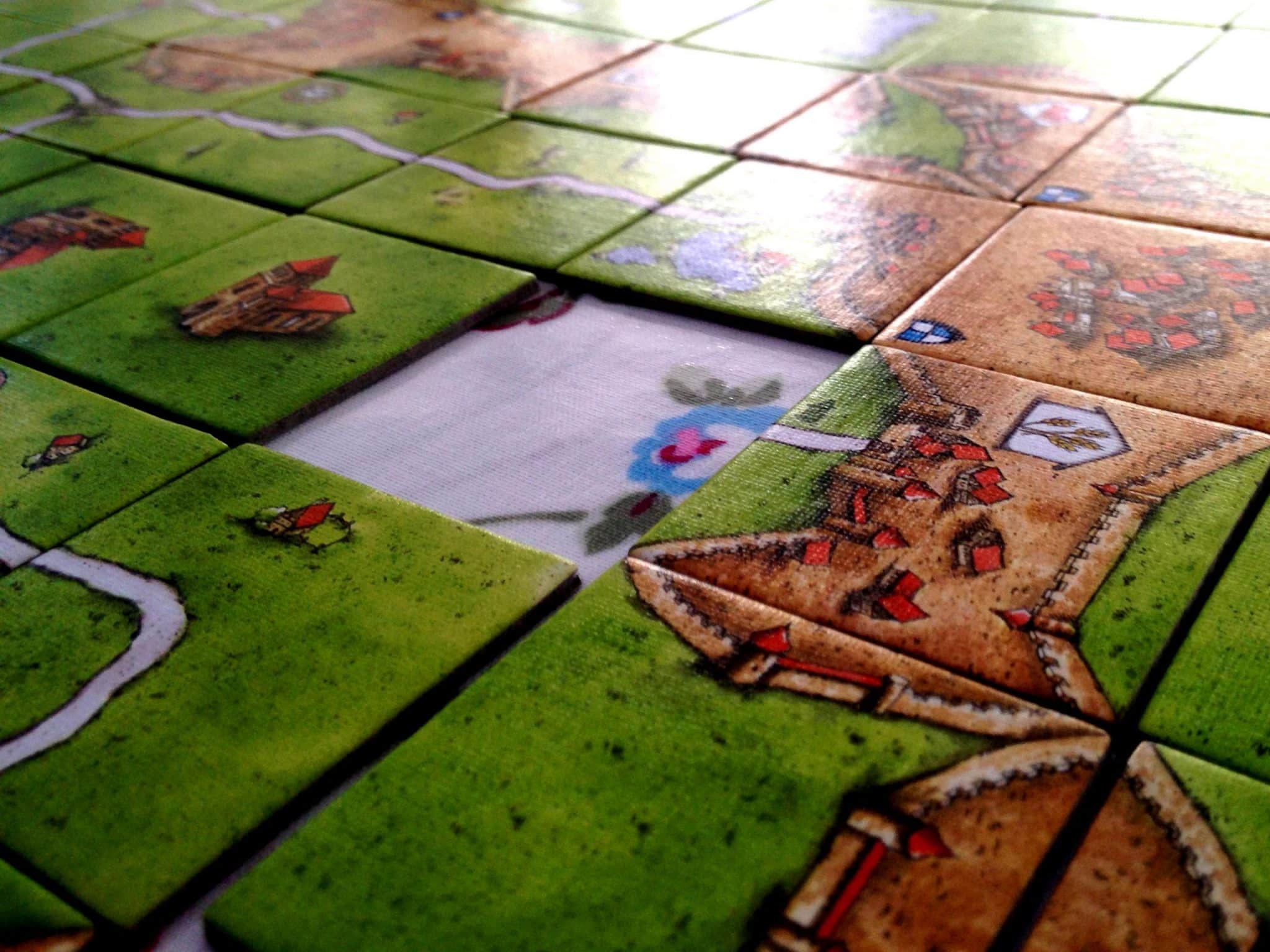
Play styles (Topic Discussion)
- Nelly
- July 28, 2024
- Board Games
Play styles refer to the approaches and strategies that individuals use when engaging in recreational activities, games, and sports. These styles can vary widely depending on the player’s preferences, personality, and skillset. Understanding play styles can be instrumental in helping individuals improve their performance, enjoy the activity more, and build relationships with others who share similar styles.
There are several common play styles that are often seen in various settings. One popular play style is the competitive style, where individuals thrive on winning, beating opponents, and achieving high scores. These players are often highly driven and motivated to excel in their chosen activity, and may become frustrated when they do not succeed. Competitive players can often be found in sports such as tennis, basketball, and soccer, as well as in competitive video games.
On the other end of the spectrum is the cooperative play style, where individuals value teamwork, collaboration, and mutual support. These players enjoy working together with others to achieve a common goal, and prioritize the well-being of the group over individual success. Cooperative play styles are often seen in team sports such as volleyball, rugby, and rowing, as well as in cooperative board games and online multiplayer games.
Another common play style is the exploratory style, where individuals seek out new experiences, challenges, and opportunities for growth. These players are curious, creative, and open-minded, and enjoy trying out new activities and strategies. Exploratory players may excel in adventure sports such as hiking, rock climbing, and surfing, as well as in open-world video games that offer a wide range of possibilities and choices.
Finally, there is the casual play style, where individuals engage in activities for relaxation, stress relief, and enjoyment without a strong focus on competition or achievement. Casual players may participate in low-intensity sports such as yoga, gardening, and fishing, or enjoy casual video games that offer a more relaxed pace and atmosphere.
It’s important to note that these play styles are not mutually exclusive, and individuals may exhibit a combination of different styles depending on the situation and their mood. For example, a competitive player may also enjoy casual activities for relaxation, while a cooperative player may still appreciate the thrill of competition in certain settings.
Understanding play styles can help individuals better communicate and collaborate with others, create a more inclusive and supportive environment, and improve their overall experience and performance in recreational activities. By recognizing and embracing different play styles, individuals can develop a deeper appreciation for the diversity and richness of the gaming and sports communities.




